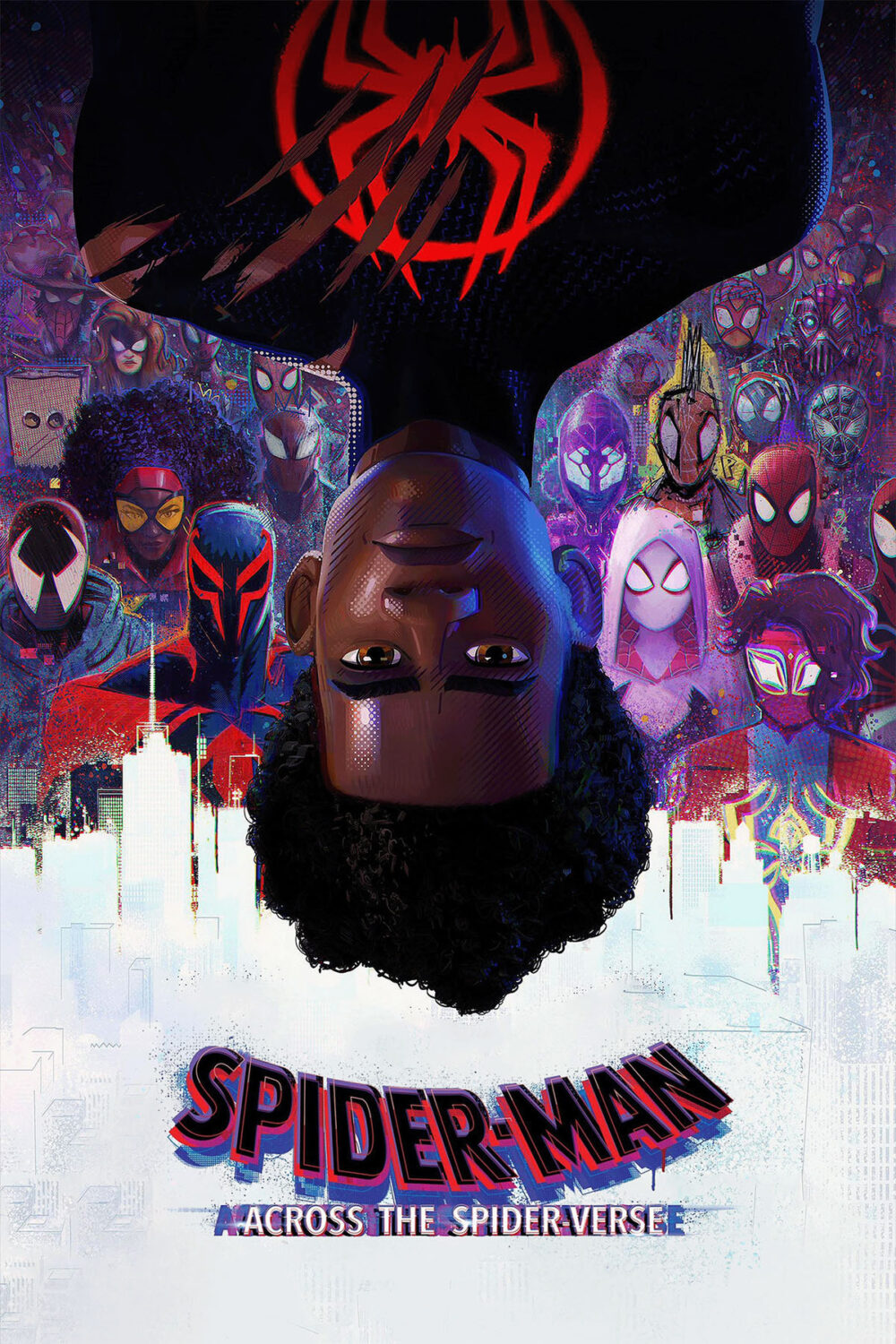Spider-Man: Across the Spider-Verse has dropped and made a fortune at the box office. It comes five years after the highly acclaimed Into the Spider-Verse, which won the Oscar for Best Animated Film. With that being said, Across the Spider-Verse has some pretty big shoes to fill. But if any studio knows how to make a Spider-Man sequel, it’s Sony. Spider-Man 2 and Spider-Man: No Way Home are arguably among the top 10 best comic book films. Returning to Across the Spider-Verse are writers Phil Lord and Christopher Miller.
Across the Spider-Verse takes place two years after Into the Spider-Verse. The film opens with an introduction to Gwen Stacy’s world, although not much time is spent there. Lord and Miller effectively convey a range of emotions from grief to loss and loneliness, matching the animation with a visually moody color palette. The animation style, which garnered much praise in Into the Spider-Verse, is once again on display. However, the film offers a variety of animation styles and vibrant colors. The introduction to Gwen’s world sets the stage for the introduction of other versions of Spider-Man, such as Miguel, a part-vampire part-Spider-Man voiced by Oscar Isaac. There’s also Jessica Drew, a pregnant motorcycle-wielding Spider-Woman voiced by Issa Rae.
After the introduction and story setup, the film moves into its first act, showing what life has been like two years after Miles became Spider-Man. Emotionally, this is my favorite act, as it explores the dynamics of family and how Miles being Spider-Man interferes with that. We are quickly and humorously introduced to the new villain Spot, a man who can create portals into any universe. Spot’s irrational hatred for Miles Morales and his universe-hopping actions quickly put him on the radar of Spider-Man across the universe. This leads to Miles reuniting with Gwen Stacy and sets up the second act as Miles hitchhikes his way across the Spider-Verse to stop Spot.

Lord and Miller display great diversity and creativity in the conception of these other Spider-Verses and Spider-Men, such as Pavitr, a Spider-Man of Indian descent, and Hobie Brown, a guitar-slinging Spider-Man inspired by Lenny Kravitz, voiced by Daniel Kaluuya. Miles teams up with this group of new Spider-Men to stop a catastrophic event that has a domino effect, leading to the plot turn in the third act.
The third act provides the audience with a lot of fanfare as Miles is introduced to the Spider-Verse headquarters, led by Miguel. This is where Spider-Men from various forms of media come together. The act is filled with Easter eggs and cameos. It also reintroduces us to Peter B. Parker, the Spider-Man from Into the Spider-Verse. Peter B. Parker is by far the most entertaining Spider-Man of the bunch, and his scenes are some of the film’s best highlights. In the third act, the plot takes a turn. After Spot serves as the villain for two-thirds of the film, he doesn’t make an appearance in the final act at all. A new antagonist appears during the climax, putting Miles in a life-or-death dilemma, forcing him to face off against dozens of Spider-Men. This leads to the resolution of the film, which is an unexpected cliffhanger that works really well. It pays homage to films like Infinity War and The Empire Strikes Back.
My biggest issue with this film is that it runs twenty minutes too long. However, despite that, it takes the top spot as the best comic book film since Endgame, from any studio. Audiences won’t have to wait long for the conclusion, as Beyond the Spider-Verse is set to release next year. Considering the lack of quality in animated films released this year, I believe Across the Spider-Verse will receive another Oscar nomination, if not win.

